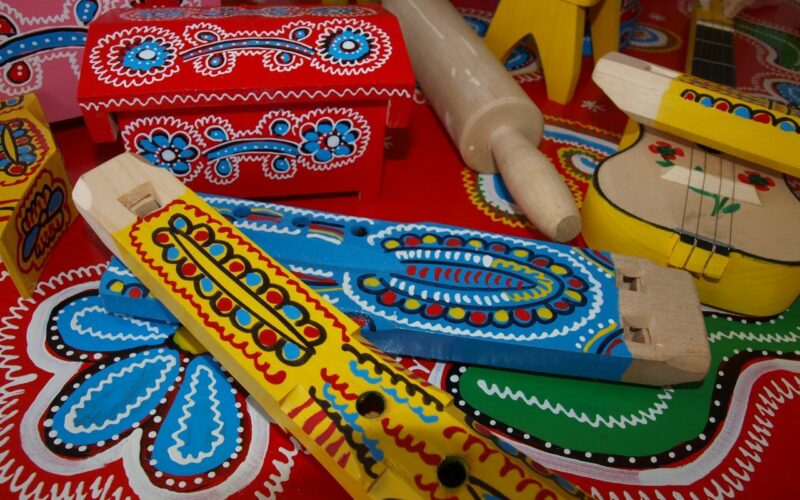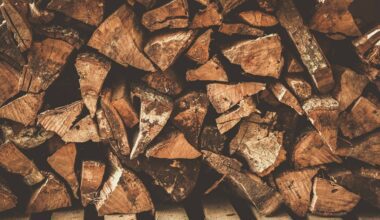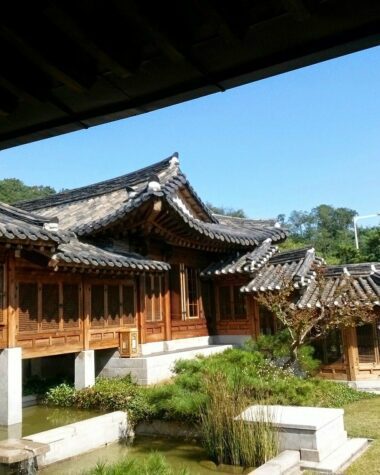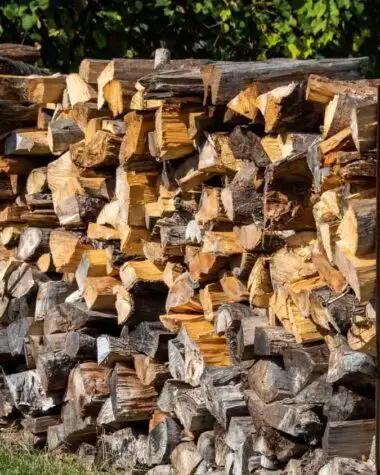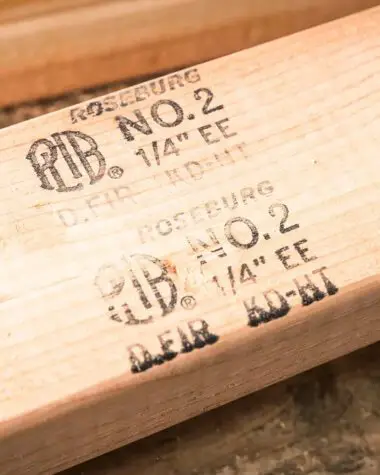Most people would dwell in the power of love as a powerful force that will strengthen their bond and relationship with the family. It is a universal truth that any would believe. Amazingly, one culture in the vast continent of Europe has uniquely included wood as part of their family ties and societal traditions. Who would have thought that wood could be used to strengthen family bonds? Well, keep on reading, and you’ll find out why.
Did You Know?
Many different cultures have influenced Croatia because of its favorable geographical position. The country’s horseshoe-like shape covers a territory of 56,594 square kilometers of land and coastal waters (including inland and territorial waters) of 31,067 square kilometers.
Furthermore, Croatia is one of the richest countries in Europe, but its richness can go beyond what people can see. For instance, the country is also rich in a well-preserved ecological environment that is home to hundreds of endemic species of both animals and plants.
Another influencing factor for its richness is stemmed from its colorful culture in which wood is uniquely involved. Croatia’s inhabitants, particularly in the villages of Hrvatsko Zagorje, are proud to tell the world about their tradition of crafting wooden toys for children.
The handcrafted toys bring a second life to trees and smiles on the faces of the children who get to play with them. But what’s more, these toys also help the humble inhabitants of the villages in Hrvatsko Zagorje to make a living by practicing a craft that they love deeply and sincerely.
How Did Wooden Toys Become A Tradition?
The history of creating wooden toys for children in Hrvatsko Zagorje, Croatia, extends back to the 19th century. Originally, the production locations for wooden toys were in three different regions: the village of Vidovec, the villages in Hrvatsko Zagorje, and the village of Zelovo, located inland Dalmatia near Sinj.
The regions mentioned above saw the beginning of the tradition of producing children’s wooden toys, but only the residents of the villages in Hrvatsko Zagorje continued the tradition. Due to many reasons that shaped the nation’s history in the 19th century, the artisans in the surrounding villages of Zelovo and Vidovec eventually stopped practicing the culture.
Meanwhile, the pilgrimage route to the Marian Shrine was a significant influence that greatly inspired the inhabitants of the Hrvatsko Zagorje region to maintain the culture of wooden toy manufacturing.
The path runs directly through the communities that produce wooden toys, allowing the locals to market their finely produced wares to tourists. The route leading to the Shrine of Saint Mary of Marija Bistrica, the most well-known Croatian shrine, is referred to as the Croatian Camino. These days, the villages near Marija Bistrica and Stubica proudly display lovely handcraft. These towns include Laz, Laz Stubički, Laz Bistrički, and Tugonica.
The tradition was gradually developed through the participation of several generations who have been engaged in crafting eco-friendly children’s wooden toys. What’s more, the tradition has served as a means of strengthening family bonds because of the way both men and women are involved in the manufacturing process.
Steps Of Crafting Traditional Children’s Wooden Toys
The production process makes the traditional wooden toys closely and uniquely connected to Croatia’s family values and relationships. The manufacturing process is divided between the men and the women, and it is typically family craftsmanship meaning that husbands and their wives craft the toys.
- Men often start the process by handling the wood. They must get the right type of wood materials from the area. Locals have discovered hardwood types like willow, lime, maple, and beech wood perform well for this traditional wooden toy.
- Once selected, the wood material has to be carefully dried and hewed before being cut to a suitable shape depending on the type of toy that is about to be crafted later on. The artisans use wooden or cardboard models when cutting the timber.
- The next process involves continuing to shape the wood with conventional tools like knives, a “štruk,” and a plane. Modern cutting equipment, including electric saws, are now being used by some artists since they make achieving the required shape much faster.
- Women begin decorating as soon as the toys are cut and fashioned into a certain design. Only child-safe, eco-friendly paint is used to decorate the toys with vivid colors, like red, blue, yellow, orange, green, black, and white.
For further beautifying the wooden toys, women continue to carefully decorate the colored base by painting various motives inspired by nature. None of these motives follow any strict regulations. It is the imagination, the current mood, and emotions that guide the women into creating cheerful ornamentations. But despite the large room for improvising, the decorations are traditionally following floral and geometrical patterns.
Croatian Wooden Toys and their Models
Originally, the craftspeople produced more than 120 different toy models, but today they limited the supply to about fifty different types.
One-Pipe Whistles And Two-Pipe Whistles
These two are the earliest models of Croatian wooden toys that are still produced today. Whistles with one pipe are called “jedinke,” whereas those with two pipes are called “dvojinice.”
Reeds
The reeds called “žveglice” used to be the most popular model, and that’s why the artisans engaged in crafting these toys were often referred to as “žveglači.” There were several master craftsmen like Dragutin Kunić, Dragutin Gereci, and Stjepan Mikuš, who were widely re-known as manufacturers of wooden reeds žveglice in the village Laz.
Modern-Day Toy Models
The range of toy models has expanded over time to keep the attention of the children of the new century. Thus, various modern-day toy models, such as cars, airplanes, and trains, have emerged.
Butterfly Or Bird Clappers
The fact that new toy models are emerging does not mean that the traditional models have been faced with oblivion. Instead, butterfly or bird clappers are some of the most popular and highly demanded models of Croatian wooden toys.
These are moved with the use of wheels and by holding the installed stick, which connects the toy’s simple mechanism to the movements made by the children holding the stick, resulting in the “clapping” of the wings of the butterfly/birds toys. These models are locally known as “klepetaljka.”
Other Models
Another famous model of a wooden toy is the jumping horse. Additionally, toy models of roosters, fish, and hammers are also quite popular. But apart from the animal-shaped toys, musical instrument-shaped toys are among the most treasured models. These include violoncello, tamburitza, and trumpet-shaped wooden toys.
Tiny-sized furniture is also among the most beloved and popular models of wooden toys that children and grown-ups adore.
UNESCO And The Traditional Children’s Wooden Toys
Traditional children’s wooden toy of Croatia was inscribed by UNESCO as a part of the Representative List of the Intangible Cultural Heritage of Humanity. Also, some of the talented craftsmen of this woodwork are preserved by UNESCO. The organization does it by enlisting them on the Representative List of the Intangible Cultural Heritage of Humanity in 2009.
Traditional manufacturing of childrens wooden toys in Hrvatsko Zagorje
Fortunately, the traditional craft has been preserved and passed down for future generations thanks to UNESCO’s inscription and special conservation programs. To sustain the interest of youngsters in the twenty-first century, the variety of toy models has grown over time. As a result, many contemporary toy versions of vehicles including cars, trains, and airplanes have been created.
Final Thoughts
The traditional wooden toys are a pleasant reminder that it only takes a small gesture to make someone smile and establish family ties. The learnings from this article will be helpful in your journey, just like how people in Hrvatsko Zagorje built a sense of community. Despite their small size, the wooden toys’ message resonates from generation to generation like a loud echo.
The echo emphasizes the universal reality that even the smallest act, like just saying “Thank you,” may open the door to shared happiness and bring people from all over the world together despite their differences.
